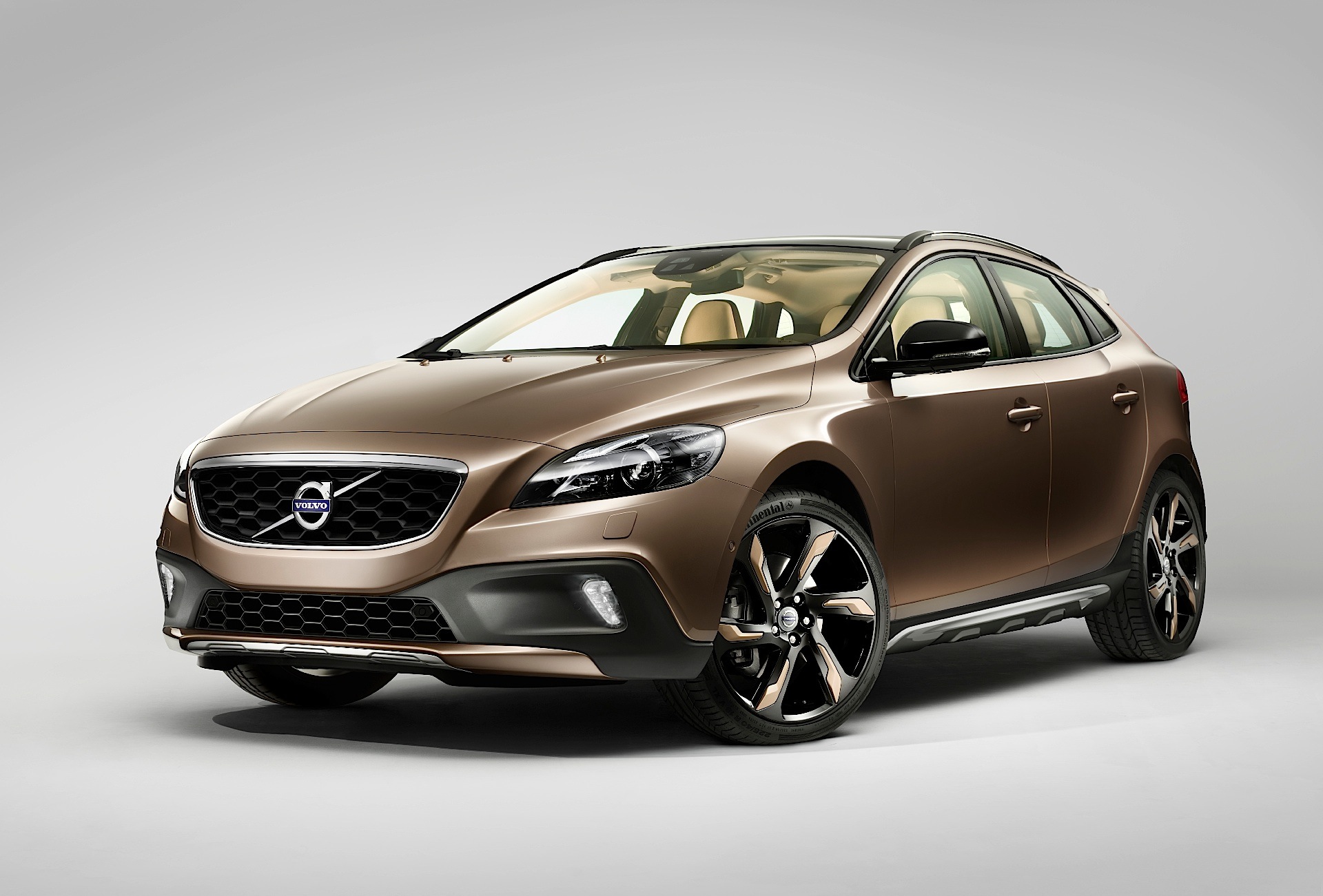
My own handling loop was illustrative of the differences: the XC70 felt as if it possessed more bodyroll, whereas the XC60 felt a bit more surefooted with the 4C shocks set to “Advanced”.

The XC70, by contrast, has one steering setting (equivalent to the heaviest setting on the XC60) and no 4C system. Advanced, however, is truly stiff, sacrificing ride quality for flatter cornering.

Comfort is fairly soft, with Sport cranking it up by just a bit. Three modes are available, labeled Comfort, Sport and Advanced. Their XC60 has three adjustable steering programs as well as the Volvo 4C system, which employs active shock absorbers made by both Ohlins and Monroe. What’s most interesting is the changes in spec between the XC70 and the XC60 owned by my folks. Of course, driving a wagon signifies that one has sophisticated, Continental tastes, which is more important to many than how these vehicles actually perform on the road. These are as much crossovers as the last generation Outback was, and the extra cladding and slightly taller springs are red herrings. It’s true that the XC60 has a bit more ground clearance and a higher ride height, and the XC70 is perhaps a bit higher than a regular V70, but to tar either them with the “crossover” brush, is incorrect. I know this because I had the chance to test them back to back. The XC70 and the XC60 are basically the same car. , whether we’re discussing social safety nets, rail transportation networks or diesel engines. And I didn’t even get a good look at his girlfriend. But when the light goes green, he disappears behind me. There’s no revving, no theatrics, no Fast and Furious Limp Bizkit sound track despite the corny but spontaneous exchange. “You think you can beat me?” No change in demeanor from him. He’s much more handsome than I am, and his girlfriend is in the passenger seat. A red light conspires to bring us next to one another, and I can see him regarding me with the faux-menacing glare typical to most underemployed 20-somethings brimming with insecurities. It doesn’t take long after nailing the throttle for the gap to close between us, and while the Camaro is droning out its V8 song, there’s just a muted hum from the Volvo’s blocky hood, while barely audible diverter valve noises can be heard through the open windows. With a standard T6, peak power (295 hp) comes in at 5600 rpm while peak torque (325 lb-ft) arrives at 2100-4200 rpm In this car though 354 lb-ft comes in from 3000-3600 rpm, while all 325 horsepower are available from 5400 all the way to redline. If I were in another T6-powered Volvo, say, my parents XC60 T6, I’d step on the gas, wait a brief second for the turbo to spool up, and hope that I’d be in the powerband long enough to catch him.

In a flash, he’s past me by a few car lengths, and I can just make out the “SS” badge on the decklid. A glance in the mirror reveals a 4th generation Camaro convertible coming up fast behind me in my mirrors. How banal and bourgeois.Īnd then I hear the staccato vocalization of a small block Chevy V8 breathing through a set of big pipes. CBC Radio is broadcasting yet another nebulous documentary extolling Canada’s secular state religion of diversity, as my Costco grocery list scrolls through my head. I am thinking about this as I wander aimlessly within my lane on Lakeshore Boulevard, the Polestar-tuned I6 humming along at a sedate 1800 rpm in 6th gear. Something like a Camry V6, a Pentastar Avenger, or perhaps even a Verano Turbo with a Trifecta tune would be a more suitably anonymous roller skate with enough power to pummel most “civilian” cars on the street. If you had to pick a Q-Car, the vehicle you see above would be nobody’s first choice.


 0 kommentar(er)
0 kommentar(er)
